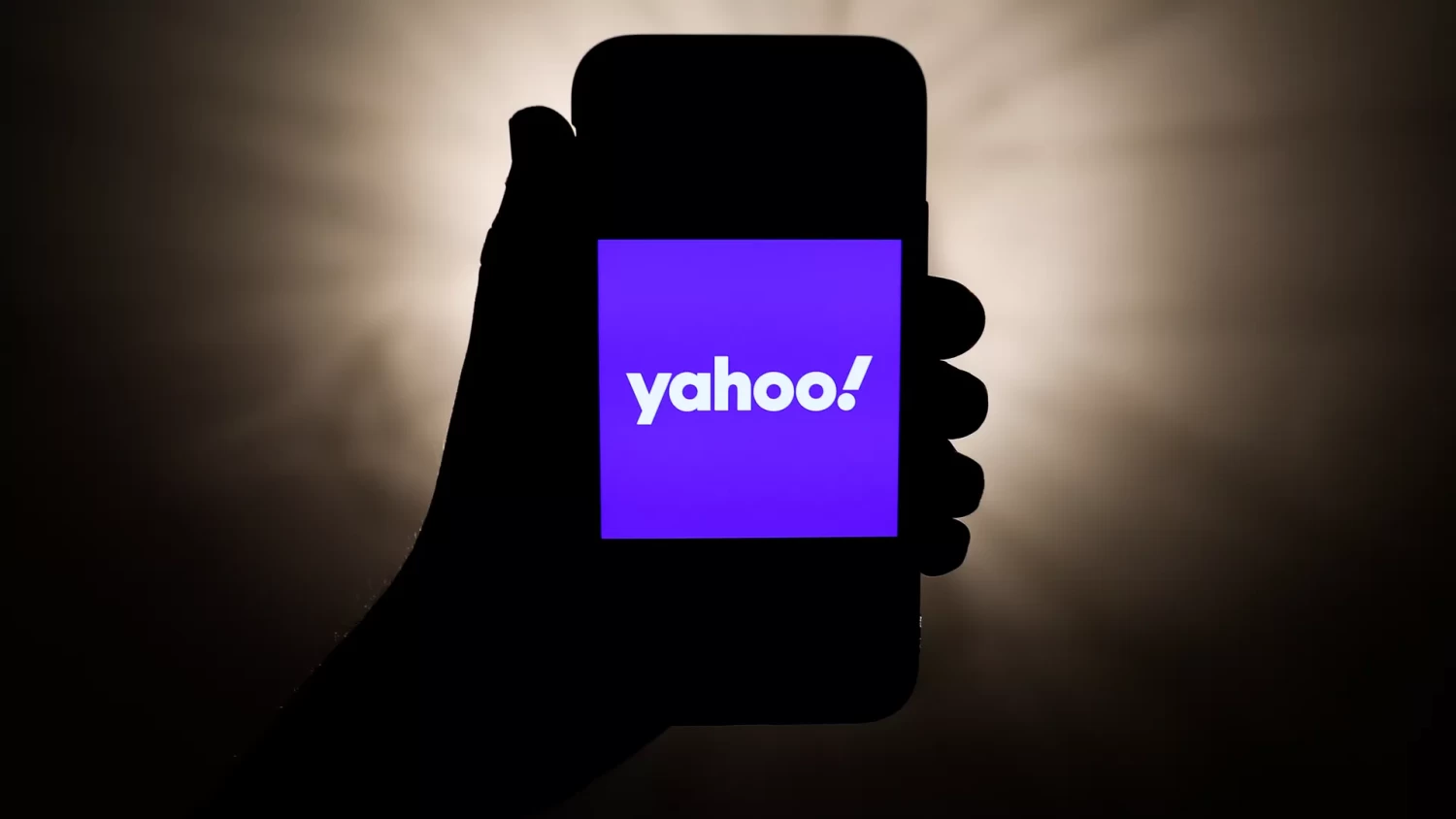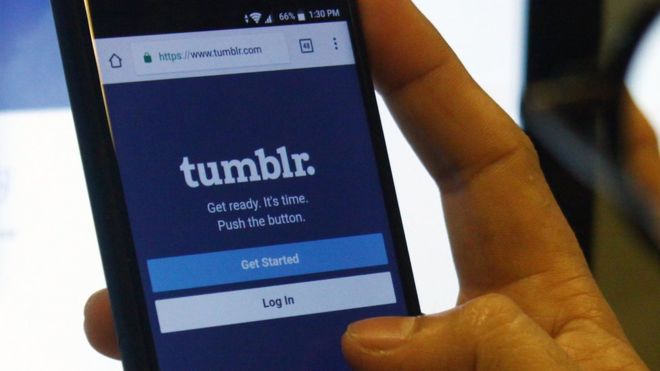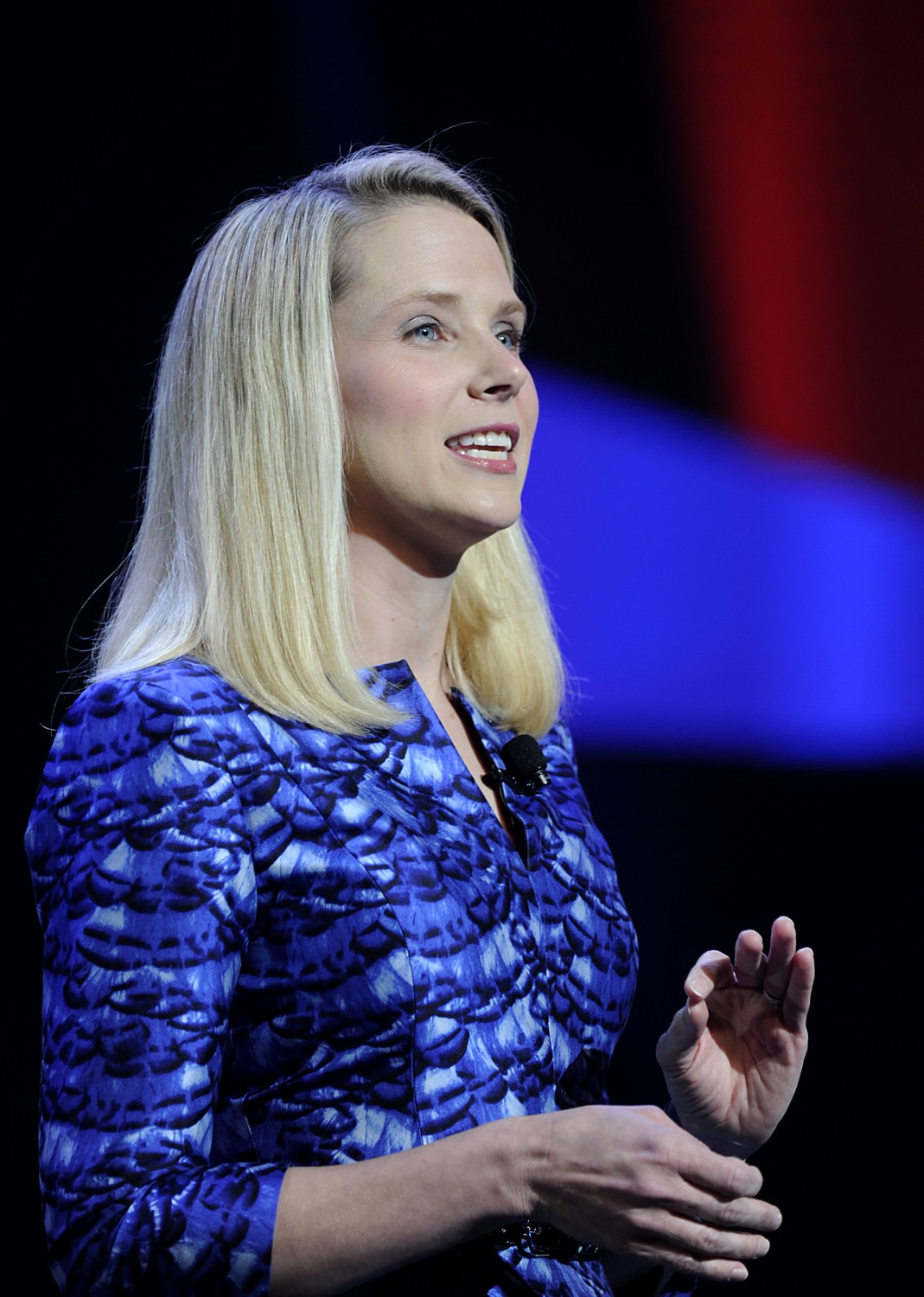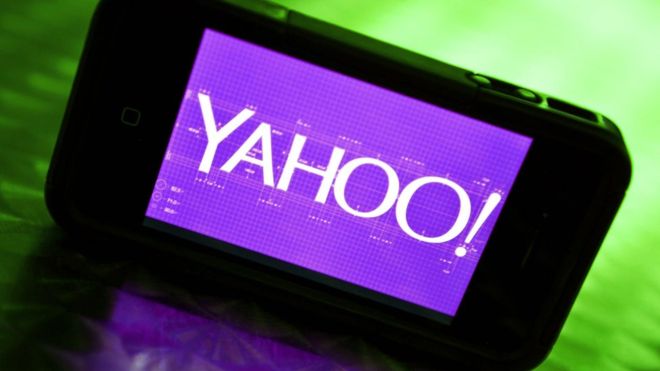
This article is more than
7 year oldExclusive: Flickr bought by SmugMug, which vows to revitalize the photo service
SAN FRANCISCO — Flickr has been snapped up by Silicon Valley photo-sharing and storage company SmugMug, USA TODAY has learned.
SmugMug CEO Don MacAskill told USA TODAY he's committed to breathing new life into the faded social networking pioneer, which hosted photos and lively interactions long before it became trendy.
SmugMug, an independent, family-run company, will maintain Flickr as a standalone community of amateur and professional photographers and give the long neglected service the focus and resources it deserves, MacAskill said in an exclusive interview.
He declined to disclose the terms of the deal, which closed this week.
“Flickr is an amazing community, full of some of the world's most passionate photographers. It’s a fantastic product and a beloved brand, supplying tens of billions of photos to hundreds of millions of people around the world,” MacAskill said. “Flickr has survived through thick-and-thin and is core to the entire fabric of the Internet.”
The surprise deal ends months of uncertainty for Flickr, whose fate had been up in the air since last year when Yahoo was bought by Verizon for $4.5 billion and joined with AOL in Verizon’s Oath subsidiary.
Oath has started to weed out some of its assets after merging AOL and Yahoo. Earlier this month, Oath sold Polyvore, the e-commerce company it acquired under Yahoo CEO Marissa Mayer.
The mostly free Flickr was founded in 2004 and played a central role in the cultural and social life of the Internet. Friendships were forged on Flickr as people shared photographs and others commented on them.
Overshadowed in the smartphone era by the rise of Facebook and Instagram, Flickr suffered defections to rival services but held onto a core loyal following of shutterbugs despite product and policy misses and the hacks of Yahoo, as well as encroaching competition from Google and other massive photo services.
Traffic has shrunk from its heyday, but Flickr says it has more than 75 million registered photographers and more than 100 million unique users who post tens of billions of photos. In March, Flickr had 13.1 million unique visitors, up from 10.8 million a year earlier, according to research firm comScore.
Founded in 2002, SmugMug has been around even longer than Flickr and, from the start, has defied conventional wisdom in Silicon Valley, never taking a dime from outside investors or entertaining buyout offers. It operates on a smaller scale, but has won over millions of customers with a single-minded devotion to photography and a personal touch often lacking in online services run by giant corporations.

Don MacAskill, CEO of Smugmug (Photo: Christopher Prentiss Michel)
And, in an industry that dangles free services to suck up people’s personal information to target ads, SmugMug has catered to people who are willing to pay for privacy and storage, offering four levels of subscriptions to appeal to everyday shutterbugs and professional photographers alike.
MacAskill says the SmugMug model works for the business and his conscience because it aligns his incentives with his customers. “We don't mine our customers' photos for information to sell to the highest bidder, or to turn into targeted advertising campaigns,” he said.
After revelations that 87 million Facebook users had their personal information pilfered by Cambridge Analytica, a British political firm with ties to the Donald Trump presidential campaign, consumers are having second thoughts about trading their data for a free service.
“We may now be witnessing a fundamental change in the marketplace. As preferences shift — or as users of digital platforms become better informed about the consequences of sharing their private data — we could be entering a world in which a substantial number of consumers view their data as an asset they won’t part with for free,” Makan Delrahim, head of the Justice Department's antitrust division, said at a conference in Chicago Thursday.
That may be especially true when it comes to the safekeeping of photographs, which are often more personal than words, says Carolina Milanesi, a technology analyst with Creative Strategies.
“While most regular consumers might have moved on from Flickr, the platform is a go-to point for a vibrant community of people who love photography,” Milanesi said. “SmugMug has the potential to offer that community a much more curated offering as well as the guarantee that photography is not just a core focus, but a priority.”
The majority of Flickr users have free accounts that run advertising alongside photos. Flickr also offers “Pro” subscriptions for $6 a month or $50 a year.
MacAskill says he does not yet know what his plans are for Flickr’s business.
“I don’t know what the future holds. This is a new model for me,” he said. “We certainly think we need to operate it with an eye to our cash flow and our profitability. We are going to have to take a detailed look at the business and make sure it’s growing and healthy.”
A longtime fan of Flickr, MacAskill says before making any decisions, he plans to collect feedback from employees and users.
“It sounds silly for the CEO not to totally know what he’s going to do, but we haven’t built SmugMug on a master plan either. We try to listen to our customers and when enough of them ask for something that’s important to them or to the community, we go and build it,” he said.
The SmugMug acquisition brings to a close a long and frequently painful chapter for Flickr. Founded in 2004 by Stewart Butterfield and his then-wife, Caterina Fake, Flickr was sold a year later to Yahoo for $35 million after the service gained a massive following.
Silicon Valley talked of the “Flickrization of Yahoo.” And Yahoo retired its photo service, Yahoo Photos, and made Flickr its flagship.
But innovation at Flickr sputtered under the Yahoo umbrella, Butterfield told Wired. He and his co-founders found themselves scrapping for resources, delaying critical progress as smartphone photography exploded. Flickr's mobile app finally launched in 2009, but it was slow and beset by bugs.
When Mayer took charge of Yahoo in 2012, Flickr users hoped it would finally get the attention it deserved. One user, photographer Sean Bonner had a website — dearmarissamayer.com — to telegraph the message: "Please make Flickr awesome again."
But by the time itreleased improved mobile apps and began offering a terabyte of storage space for free, it was too late for Flickr to make up the ground it had ceded.
"We’re thrilled for these two brands to come together to grow their photo sharing communities and continue to innovate for their members," Oath said in a statement to USA TODAY.
Read More (...)




